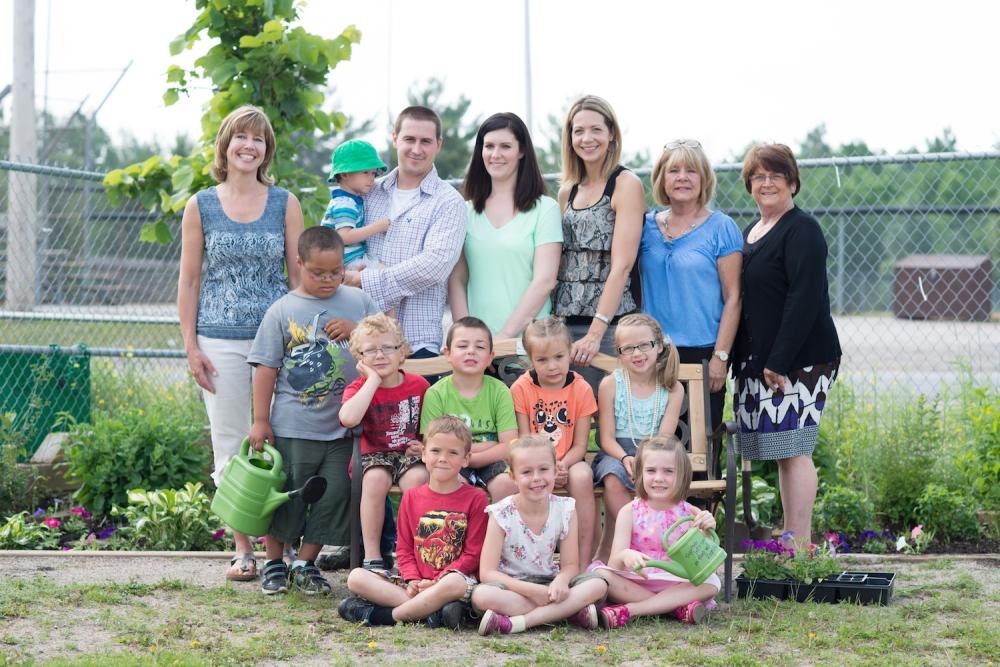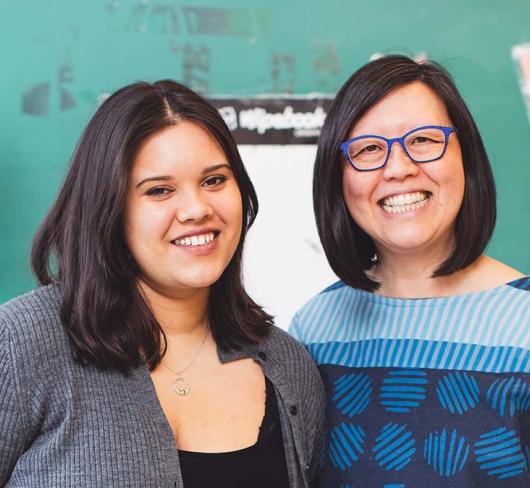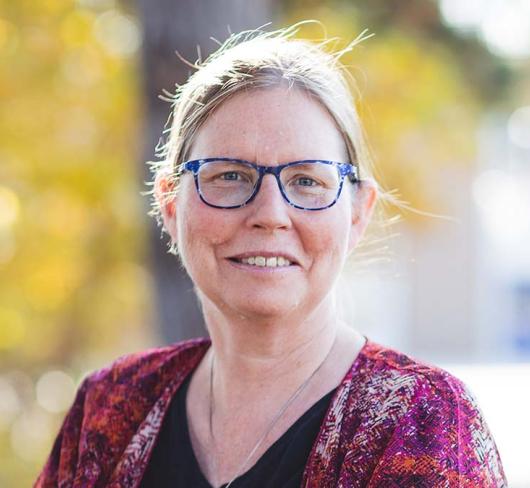
From One Tiny Seed: Growing With Our Butterfly Garden
"Unless someone like you cares a whole awful lot, nothing is going to getbetter. It’s not.”
– from The Lorax, by Dr. Seuss
It all began with one tiny seed. An outdoor hike to the nearby trail guided by Dale, the school’s environmental mentor from the community conservation authority, uncovered the gifts that nature brings as summer magically transitions into fall. Accompanied by parents and grandparents, co-op students and volunteers, the kindergarten children from E.T. Carmichael Public School in the Near North District School Board used a shared iPad and some digital cameras to capture evidence of animal life that was tracked, nibbled, and scratched along the path. Respectfully minimal samples came back with the photo documentation so that the students could continue to research, uncover, and discover.
The wonderings of these students and others in our school grew into a collective desire to do something for the natural world just outside our windows. We invited our environmental mentor back to the school so we could learn more about what our community urgently needs. How could our school have a lasting positive impact on the environment?
Bringing More Monarch Butterflies to North Bay
As early-Primary educators, we wondered, “What can we learn, as a school, from growing a garden together?” We extended an invitation to the school’s teachers, administration, custodians, and secretary to share their ideas and expertise. From there, the JK to grade 6 students, staff, and community at E.T. Carmichael engaged in a focused, year-long, authentic, living, and ongoing “Garden Inquiry,” with the goal of celebrating our learning at a Share Fair for the school and the community in the spring.
Once the kernel of the idea was formed, the JK/SK children wrote a persuasive letter to the principal asking if they could help the community by planting a garden that would bring monarch butterflies back. They knew that milkweed was becoming depleted and that this was impacting the butterfly population.
As conversation evolved and ideas grew, we saw how this collaborative project quickly began to foster positive attitudes toward environmental stewardship and cross-curricular learning. Soil-testing samplers, butterfly study kits, life-cycle exploration, and habitat research were a natural fit. The planning, design, and implementation of the garden inspired real problem-solving opportunities for the students from JK to grade 6. Through measuring the garden’s sun exposure and plant growth; estimating soil volume and studying temperature and weather patterns over time; determining the cost of materials and suitability of plants; inviting community-building volunteers and scheduling care of the garden through the summer, math grew out of the Garden Inquiry naturally and everywhere!
Science experiments to observe the effect of light, temperature, water, and soil quality on plants, and composting with worms, grew horticultural expertise in the youngest of scientists! Letters to inform families, invite guests, and thank experts lent themselves to purposeful writing opportunities. School board and community partners shared their websites, related picture books, and video resources for relevant research. A student artist from each JK to grade 6 class, was selected to sketch and paint their respective class flower for a collaborative garden sign to commemorate the project and thank contributors. Aboriginal dancers engaged the students in a celebration of the earth we share and introduced the Butterfly Shawl dance. As a community we became deeply rooted and the result was ownership of the project. As illustrated by a kindergarten student’s enthusiastic news first thing on a Monday morning: “Do you know what I did on the weekend? I helped my Nana pull weeds so they don’t take all the important soil food from the flowers in the garden!”
After a fall and winter of heartfelt preparation, the deepest of North Bay snows melted, and the grounds beckoned. Springing into action, community partners tilled with machines, while student gardeners used hand tools. An authentic arena to observe and value community helpers and the important role we all play in taking care of the earth we share was revealed. The JK and SK children took on the roles of hydro locator, tiller, digger, architect, builder, horticulturalist, and gardener, to mention just a few, as the learning environment reflected their budding interests. Important lifelong messages took root as E.T. Carmichael alumni, parents, and grandparents generously lent time, tools, and strength to the tilling, digging, designing, constructing, and planting of the garden.
Families, community volunteers, and board representatives participated in an inclusive ribbon-cutting ceremony and watched as butterflies were released by the grade 1 and 2 students to celebrate the garden opening. Students shared their authentically grown environmental expertise at the Share Fair held in the gym, and documentation of the journey made their learning visible in many creative ways. A former alumnus from E.T. Carmichael, now a film student at Ryerson University, even came back to capture an endearing video of the day’s celebration that brought together home, school, and community. Older students were intrigued with the technical aspect of cinematography, so much so that a residual aspect of our garden inquiry is an interest in filmmaking as a career! One student from each of kindergarten, grade 3 and grade 6 were interviewed by a journalist for a feature in the local newspaper and this, too, became an important reflection on our garden and community. Not only was our story being told, so was the monarch butterflies’.
For us as educators, being open to inquiry, feeling the energy of engagement, observing, noticing, and naming the opportunities for integrated learning, and being “researchers” alongside the children are valuable beyond measure. It’s definitely a garden worth planting, and we’re looking forward to a healthy harvest of lifelong environmental stewards.
Epilogue
Through the summer months, nature did its best to care for our garden, and when families came to the schoolyard with their children to play on the equipment, they stopped in to check on its progress. Ownership is key, as the neighbourhood watches over it. The benches provide a spot to relax, enjoy the outdoors together, and have a snack. One can’t begin to measure the value of the conversations that were sparked, the environmental attitudes that blossomed, and the positive relationships that took root.

